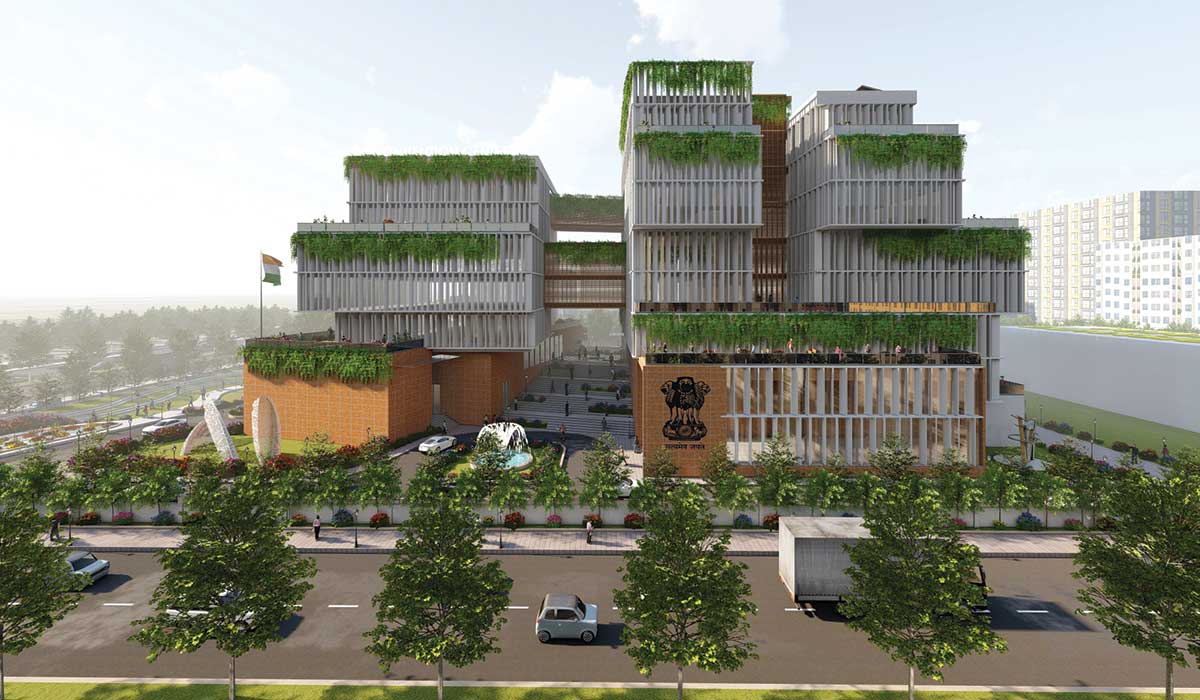
A case example is the Bangalore water crisis exemplifying the critical importance of water resources, prompting architects to integrate sustainable practices into their designs. An exemplary instance is our recent award-winning submission for the CMDA Lake Development competition, in which we proposed a wetland combined with a recreational park. This concept caters to various on-site water levels and tackles runoff management to promote water conservation. The site functions as a reservoir, collecting surplus water during periods of abundance and redistributing it to the city as needed, thereby ensuring sustainable water management.
The architecture field is being driven by mastering new construction techniques, software tools, and innovative materials. While everyone is talking about artificial intelligence (AI) which boasts impressive capabilities in data analysis and problem-solving, the role of architects in addressing societal issues and sustainability remains unparalleled.

Architects have a nuanced understanding of human behaviour, cultural context, and environmental impact, allowing them to create solutions that are not only functional but also socially and environmentally conscious. Through innovative design, collaborative engagement, and a deep commitment to sustainability principles, they can envision and implement holistic solutions that positively impact communities and the planet. This blend of creativity, empathy, and technical expertise makes them indispensable in shaping a more equitable, resilient, and sustainable future.
The future of architecture lies in a design approach driven by consciousness, considering the needs and aspirations of future generations. Embracing sustainability, technological advancements, and societal values will shape architecture to create spaces that are not just visually appealing but also environmentally responsible and socially relevant.
A synergy between building materials, technology, engineering, and architecture can enhance construction quality, efficiency, and sustainability. For instance, PEB structures ensure rapid construction while maintaining aesthetic integrity. Also, by integrating passive technologies to optimize the micro-climate and utilizing locally sourced materials, we not only support the regional economy but also reduce environmental impact associated with transportation. Additionally, a design philosophy that emphasizes simplicity and elegance, will find beauty in the inherent qualities of materials and spaces.















